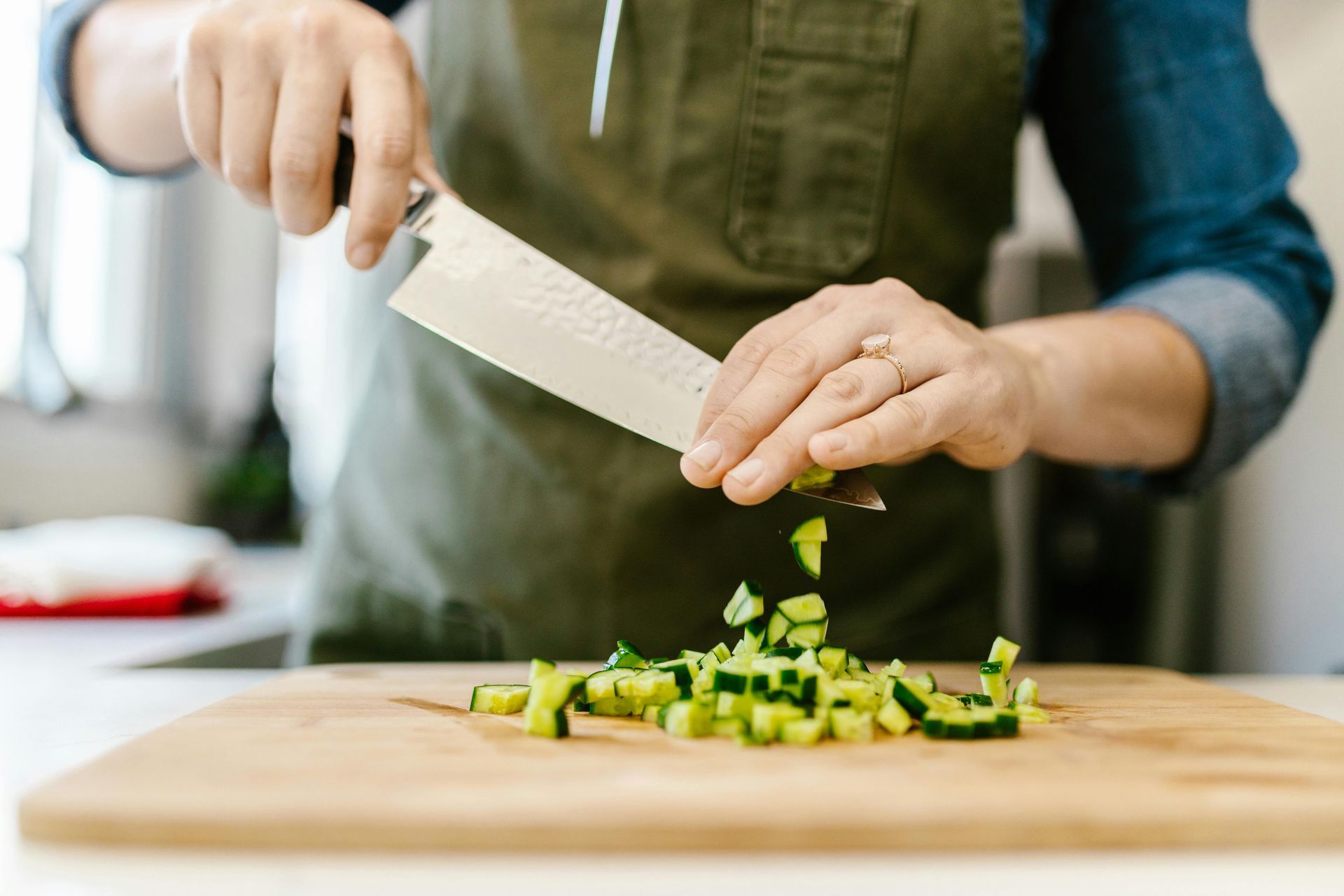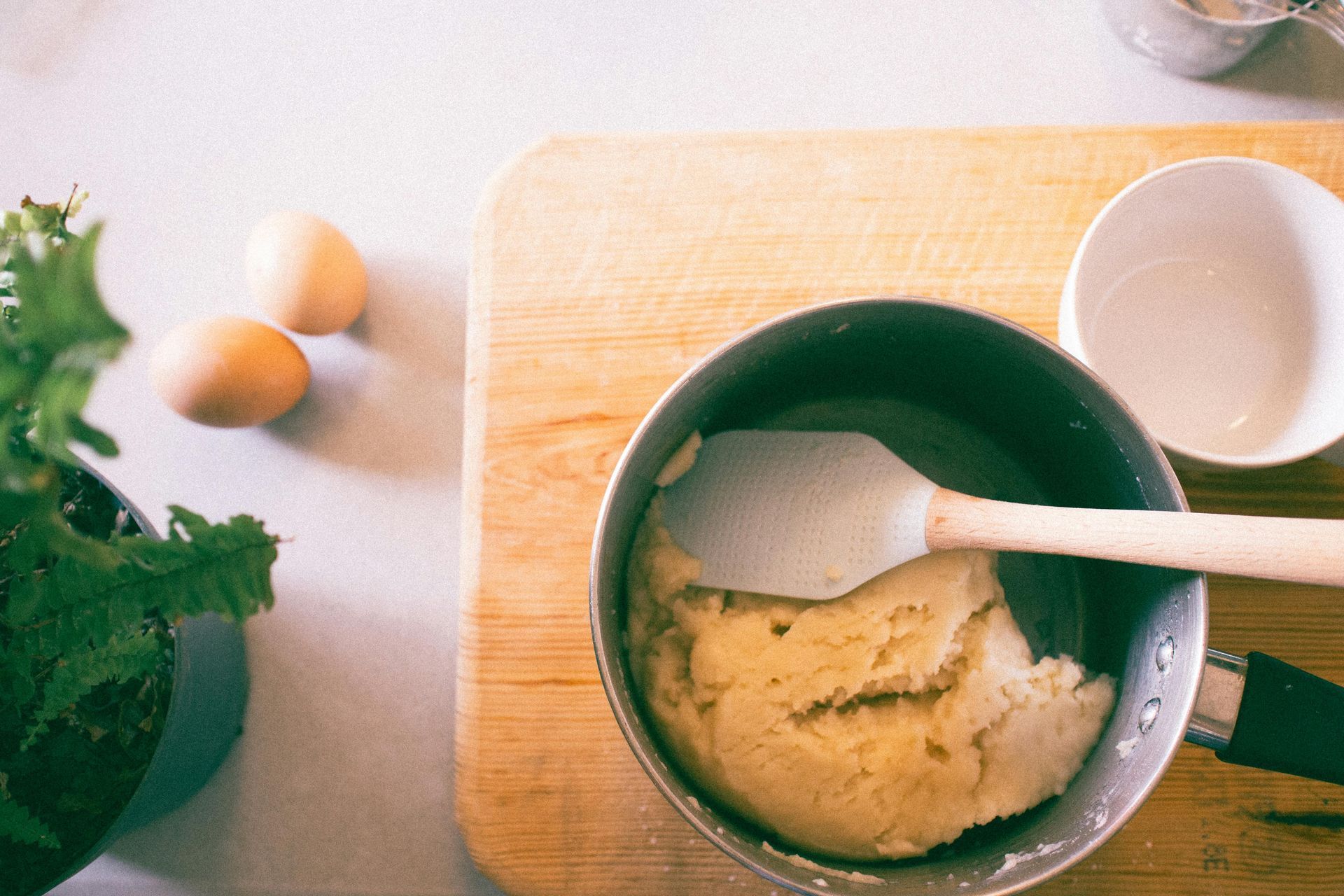Cooking Fundamentals – Understanding Sautéing, Boiling, Roasting, and More
Introduction
A well-rounded cook knows when to apply various cooking methods to bring out the best flavours in every dish. This post breaks down the fundamentals of cooking techniques, explaining the science behind them and offering tips on how to select the right method for different ingredients and situations.
Fundamental Cooking Methods
Here we explore several primary cooking techniques, discussing how they influence flavour, texture, and nutrient retention.
- Sautéing:
- Technique: Quickly cooking food in a small amount of oil or butter over medium-high heat.
- When to Use: Ideal for softening vegetables, browning meats, and creating a flavourful base for sauces.
- Tips: Preheat the pan and keep ingredients moving to prevent sticking and ensure even cooking.
- Boiling:
- Technique: Cooking ingredients by immersing them in rapidly boiling water.
- When to Use: Best for pasta, vegetables, and eggs. Boiling is also effective for making broths and soups.
- Tips: Add salt to the water for flavour and to maintain the structure of vegetables. Use a lid for faster heating but remove it to prevent overcooking sensitive items.
- Roasting:
- Technique: Cooking food using dry heat in an oven, which enhances flavours through caramelization.
- When to Use: Excellent for meats, root vegetables, and whole poultry. Roasting creates a crispy exterior while keeping the interior tender.
- Tips: Preheat the oven and consider using a rack to allow even heat distribution. Basting with fat or marinade can enhance moisture and flavour.
- Steaming:
- Technique: Cooking food by exposing it to steam, preserving its nutrients and natural flavors.
- When to Use: Perfect for vegetables, fish, and delicate proteins.
- Tips: Use a steamer basket or a dedicated appliance to maintain even temperature and prevent overcooking.
- Grilling:
- Technique: Cooking food over direct heat, often imparting a smoky flavour and attractive grill marks.
- When to Use: Suitable for meats, vegetables, and even fruits, especially during warm weather.
- Tips: Preheat the grill, oil the grates lightly, and monitor heat zones to cook thicker cuts without burning the exterior.
Enhancing Flavor and Texture
Every method has its unique impact on a dish:
- Balancing Moisture:
Sautéing and boiling retain moisture, whereas roasting and grilling often reduce it, intensifying flavor through caramelization. - Nutrient Retention:
Steaming is the go-to for preserving vitamins and minerals, especially for green vegetables. - Depth of Flavor:
Browning (from sautéing or roasting) creates complex flavours due to the Maillard reaction, adding a savoury depth to your meals.
When to Use Specific Techniques
Determining the best method depends on the ingredient’s structure and the desired outcome:
- Tender Ingredients:
Use gentle methods like steaming or light sautéing to avoid overcooking. - Tougher Cuts of Meat:
Braising or slow roasting breaks down collagen for a melt-in-your-mouth texture. - Quick Meals:
Sautéing and grilling are ideal for preparing meals rapidly without sacrificing flavour or texture.
Conclusion
Mastering cooking fundamentals is vital for creating restaurant-quality dishes at home. By understanding when and how to use methods like sautéing, boiling, roasting, steaming, and grilling, you can significantly enhance the flavour, texture, and nutritional value of your dishes. Experimentation and practice are key—soon you’ll develop the intuition needed to choose the perfect technique for every recipe.


